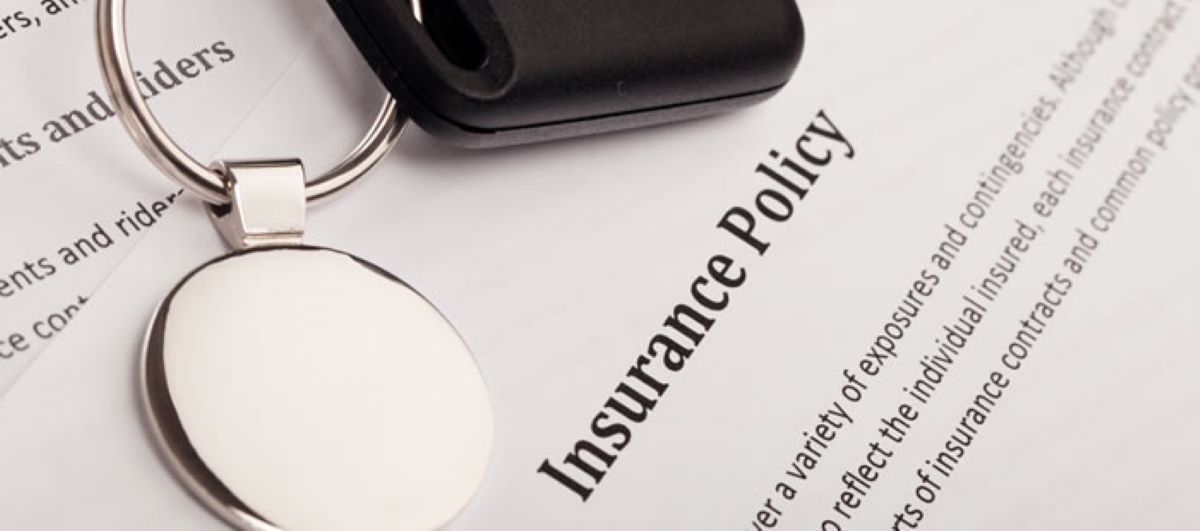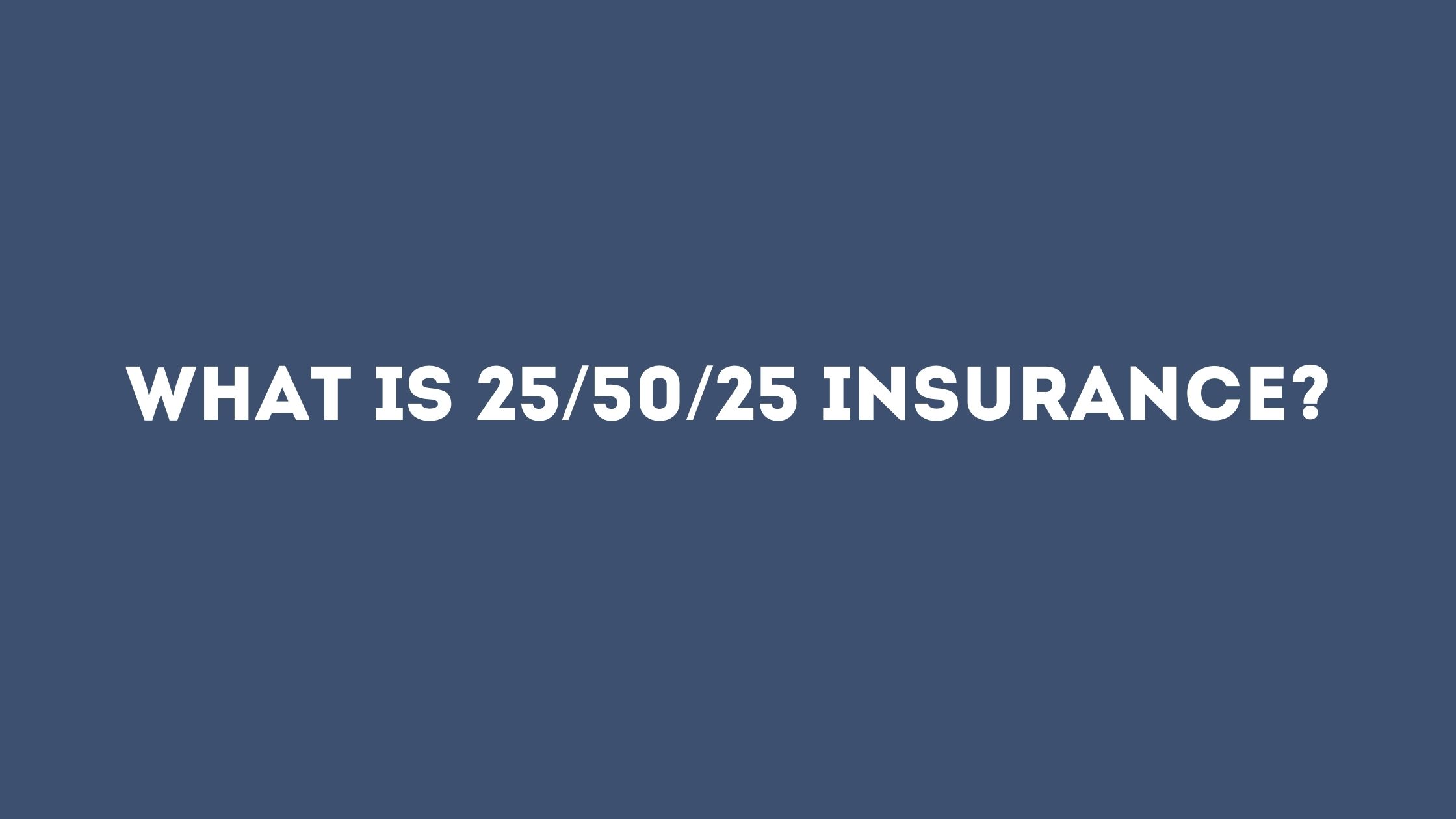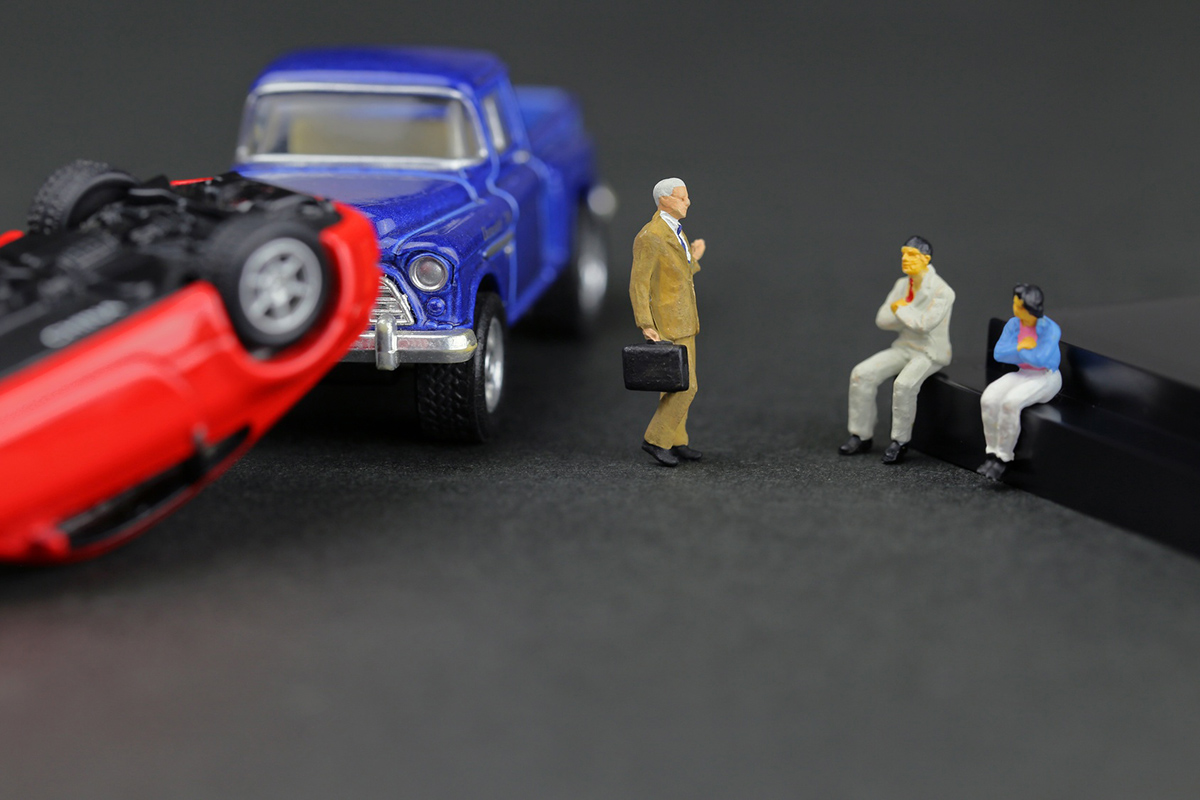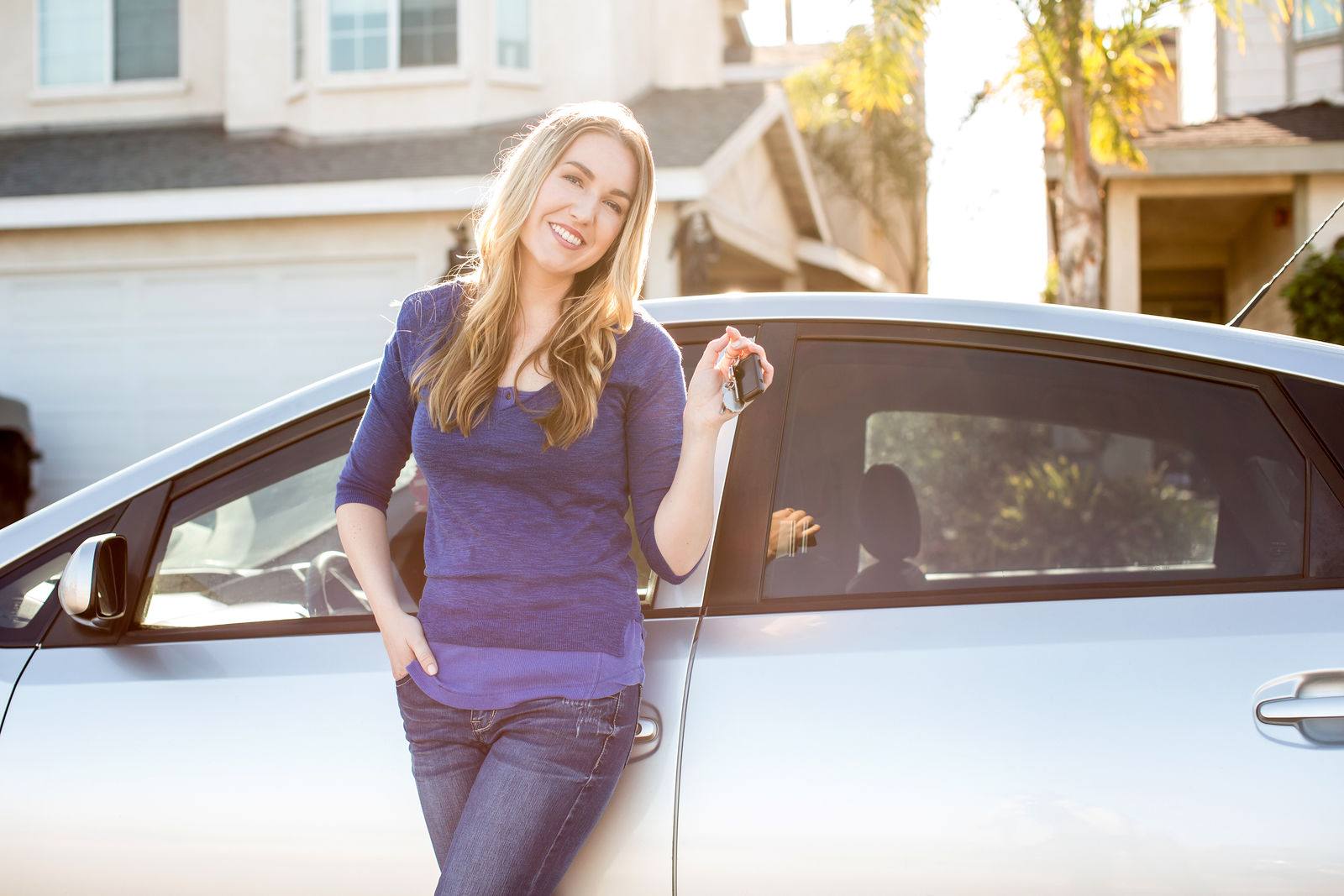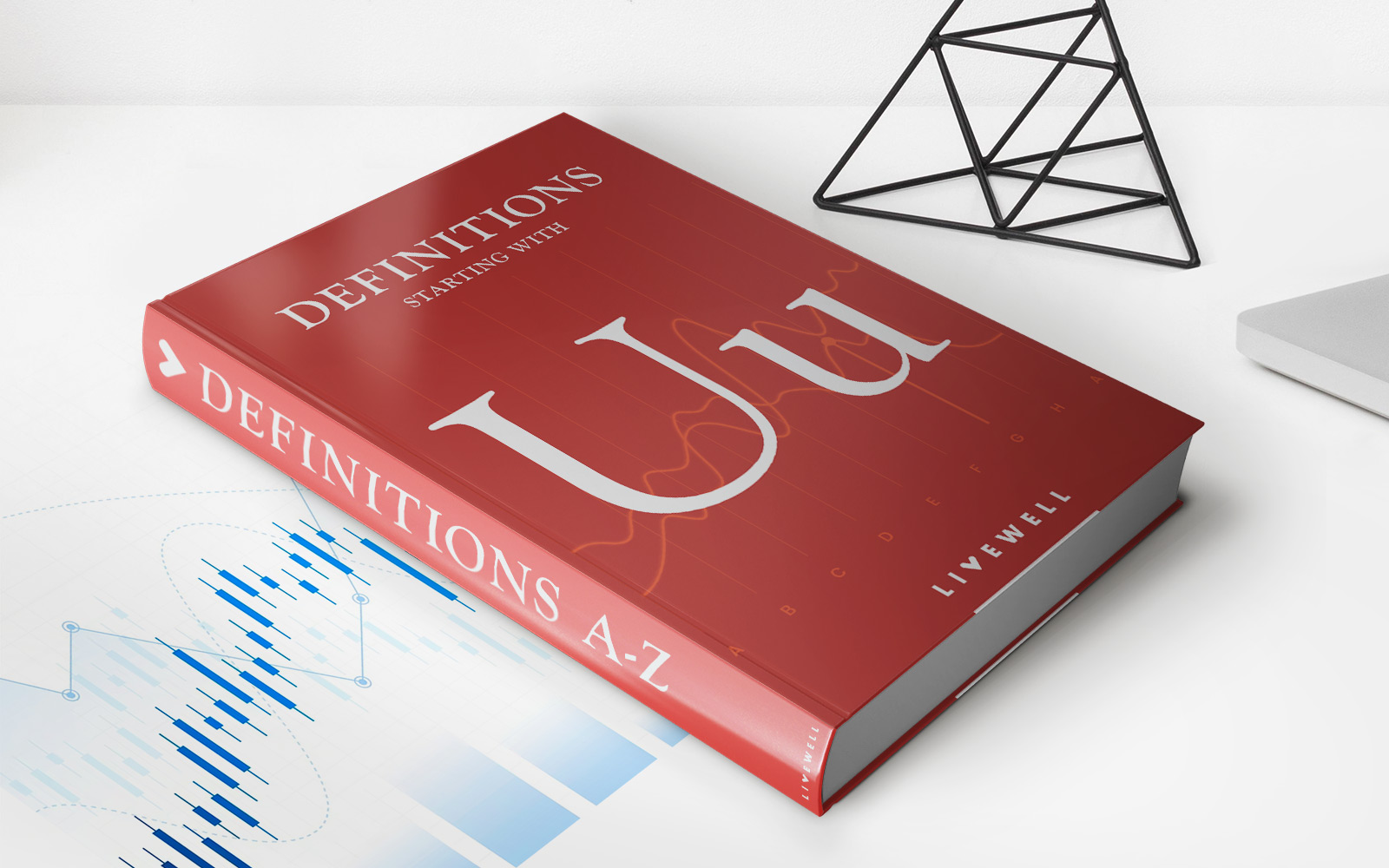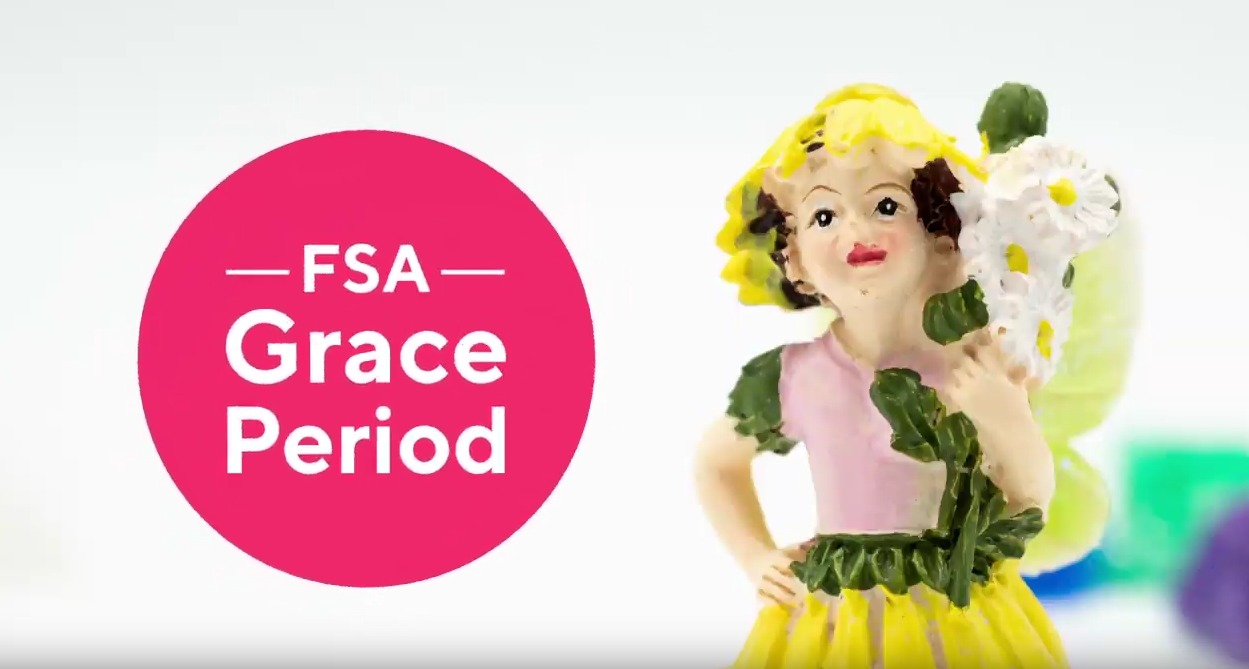

Finance
What Does Stacked Mean In Auto Insurance?
Modified: December 29, 2023
Understanding what "stacked" means in auto insurance and its impact on your finances can help you make informed decisions when selecting coverage options.
(Many of the links in this article redirect to a specific reviewed product. Your purchase of these products through affiliate links helps to generate commission for LiveWell, at no extra cost. Learn more)
Table of Contents
Introduction
Auto insurance is a vital aspect of responsible vehicle ownership, providing financial protection in the event of accidents, theft, or damage. When shopping for auto insurance, you may come across the term “stacked auto insurance.” But what does stacked mean in auto insurance? In this article, we will explore the concept of stacked auto insurance, how it works, and the advantages and disadvantages it offers.
Stacked auto insurance refers to a coverage option that allows policyholders to combine or “stack” the uninsured/underinsured motorist (UM/UIM) coverage limits for multiple vehicles on the same policy. This type of coverage can provide additional protection in situations where the at-fault driver has insufficient insurance coverage to fully compensate for the damages incurred.
Stacked auto insurance is particularly beneficial in areas with a high percentage of uninsured or underinsured drivers. The ability to stack coverage limits can help ensure that you are adequately protected, even if you are involved in an accident caused by a driver with minimal or no insurance.
Now that we have a general understanding of what stacked auto insurance is, let’s delve deeper into how it works and the advantages and disadvantages it brings.
Understanding Stacked Auto Insurance
Stacked auto insurance is a coverage option that allows policyholders to combine the uninsured/underinsured motorist (UM/UIM) coverage limits for multiple vehicles on the same policy. This means that if you have two vehicles insured under the same policy with stacked auto insurance, you can potentially double your coverage limits.
The purpose of stacked auto insurance is to increase the amount of coverage available to you in the event of an accident caused by an uninsured or underinsured driver. This can provide added peace of mind knowing that you have the financial protection to cover medical expenses, property damage, and other losses that may occur as a result of a covered accident.
It’s important to note that stacked auto insurance is not available in all states. The availability of stacked coverage depends on state regulations and insurance company policies. Some states only offer non-stacked auto insurance, which means you can only use the coverage limit for the specific vehicle involved in the accident.
Stacked auto insurance is particularly appealing for households with multiple vehicles. By stacking the coverage limits, you can potentially increase the amount of protection available to you without having to purchase separate policies for each vehicle. This can result in cost savings and simplify the insurance process.
Now that we have a basic understanding of stacked auto insurance, let’s explore how it works in practice and the benefits it offers.
How Stacked Auto Insurance Works
When you have stacked auto insurance, the coverage limits for each insured vehicle on your policy can be combined or “stacked.” Let’s say you have two vehicles insured under the same policy with UM/UIM coverage limits of $50,000 per vehicle. With stacked auto insurance, you could potentially double your coverage limits to $100,000.
In the event of an accident caused by an uninsured or underinsured driver, if your damages exceed the at-fault driver’s insurance limits, you can tap into the stacked coverage to help make up the difference. This means you have additional financial protection beyond the limits of the other driver’s insurance.
It’s important to note that when stacking coverage, the premiums will generally be higher than with non-stacked coverage. This is because the insurance company is assuming a higher level of risk by providing greater coverage. However, the peace of mind and added protection provided by stacked auto insurance may outweigh the higher premium costs.
Moreover, if you have multiple vehicles on your policy, stacking allows you to aggregate the coverage limits, giving you a higher overall limit of protection. This can be particularly beneficial if you are involved in a severe accident with extensive damages or injuries.
It’s worth mentioning that the stacking process differs depending on the insurance company and state regulations. Some states allow for full stacking, where you can stack the coverage limits for all vehicles on your policy. Other states may have restrictions that limit the stacking to a certain number of vehicles or impose limitations on the amount of coverage that can be stacked.
If you’re considering stacked auto insurance, it’s crucial to review the specific terms and conditions of your policy and consult with your insurance provider to fully understand how stacking works in your particular situation.
Now that we understand how stacked auto insurance works, let’s explore the benefits it offers.
Benefits of Stacked Auto Insurance
Stacked auto insurance offers several benefits that can make it a valuable coverage option for many drivers. Here are some of the key advantages:
- Increased Coverage Limits: One of the primary benefits of stacked auto insurance is the ability to increase your coverage limits. By combining the uninsured/underinsured motorist coverage limits for multiple vehicles on your policy, you can potentially double or even triple the amount of protection available to you. This higher coverage limit can be crucial in covering expenses related to severe accidents or injuries.
- Protection Against Uninsured/Underinsured Drivers: Stacked auto insurance provides a layer of protection in situations where the at-fault driver lacks insurance coverage or has inadequate coverage to fully compensate you for your losses. It ensures that you have financial support in case you are involved in an accident with an uninsured or underinsured driver.
- Cost Savings for Multi-Vehicle Owners: If you have multiple vehicles insured under the same policy, stacking coverage can be a cost-effective option. Instead of purchasing separate policies for each vehicle, you can consolidate your coverage and potentially save on premiums. This convenience and cost savings make stacked auto insurance an attractive choice for households with multiple cars.
- Peace of Mind: Knowing that you have stacked auto insurance can provide peace of mind. It offers an added layer of financial security, knowing that you have additional coverage available to protect you and your loved ones in the event of an accident.
However, it’s essential to consider the potential drawbacks of stacked auto insurance. Let’s explore these drawbacks in the next section.
Drawbacks of Stacked Auto Insurance
While stacked auto insurance can offer significant benefits, it’s important to be aware of the potential drawbacks associated with this coverage option:
- Higher Premiums: Stacked auto insurance typically comes with higher premium costs compared to non-stacked coverage. Since you are combining the coverage limits for multiple vehicles, the insurance company assumes a higher level of risk, resulting in increased premiums. It’s essential to assess whether the additional coverage justifies the higher cost.
- Limited Availability: Stacked auto insurance may not be available in all states. Availability depends on state regulations and insurance company policies. Some states only offer non-stacked coverage, which means you can only use the coverage limit for the specific vehicle involved in the accident. Before considering stacked auto insurance, make sure it is an option in your state.
- Complexity: Stacked auto insurance can be more complex to understand and navigate compared to non-stacked coverage. The rules and regulations surrounding stacking coverage can vary from state to state and from insurance company to insurance company. It’s important to thoroughly review the terms and conditions of your policy and consult with your insurance provider to ensure you fully understand how stacking works.
- Limited Stacking Options: Even in states where stacked auto insurance is available, there may be limitations on the number of vehicles you can stack or the amount of coverage you can stack. Some states may impose caps on the total coverage that can be stacked. It’s crucial to check your specific state’s regulations and your policy terms to determine the extent to which you can stack coverage.
Considering the potential drawbacks, it’s essential to weigh the advantages and disadvantages of stacked auto insurance to determine if it is the right choice for your individual circumstances. Let’s explore this further in the next section.
Is Stacked Auto Insurance Right for You?
Deciding whether stacked auto insurance is the right choice for you depends on various factors. Here are some key considerations to help you make an informed decision:
- State Regulations: Determine if stacked auto insurance is available in your state. Some states may only offer non-stacked coverage, limiting your options. Research the regulations in your state and consult with your insurance provider for clarification.
- Number of Vehicles: Consider the number of vehicles you own. Stacked auto insurance is particularly beneficial for households with multiple vehicles. If you have several cars insured under the same policy, stacking coverage can potentially increase your overall protection without the need for separate policies.
- Budget: Evaluate your budget carefully. Stacked auto insurance typically comes with higher premiums due to the increased coverage limits. Assess your financial situation and determine if the added protection justifies the higher cost.
- Risk Tolerance: Consider your risk tolerance when it comes to accidents involving uninsured or underinsured motorists. If you live in an area with a high percentage of uninsured drivers or are concerned about inadequate coverage, stacked auto insurance can provide added peace of mind and protection.
- Consult with an Insurance Professional: To make an informed decision, it’s advisable to consult with an insurance professional who can assess your specific situation and provide personalized recommendations based on your needs and preferences. They can explain the intricacies of stacked auto insurance and help you determine if it aligns with your coverage goals.
Ultimately, the decision to opt for stacked auto insurance depends on your individual circumstances and risk tolerance. Evaluate the benefits and drawbacks, consider the factors mentioned above, and seek professional guidance to determine whether stacked auto insurance is the right fit for you.
Conclusion
Stacked auto insurance can be a valuable coverage option for those seeking additional protection against uninsured or underinsured drivers. By combining the coverage limits for multiple vehicles on the same policy, policyholders can potentially increase their overall coverage limits and ensure greater financial security in the event of an accident.
However, it’s important to consider the potential drawbacks, such as higher premiums and limited availability in some states. Evaluating these factors alongside your individual circumstances, budget, and risk tolerance can help you determine whether stacked auto insurance is the right choice for you.
Before making a decision, it is crucial to thoroughly review your state’s regulations, consult with your insurance provider, and seek guidance from an insurance professional who can offer personalized advice based on your specific needs.
Remember, auto insurance is an important investment in protecting yourself, your loved ones, and your assets. Whether you choose stacked auto insurance or another coverage option, understanding the terms, limits, and benefits of your policy is key to ensuring you have the necessary protection on the road.
Take the time to assess your insurance needs, compare coverage options, and make an informed decision that suits your unique circumstances. With the right auto insurance coverage in place, you can drive with confidence, knowing that you are protected in a variety of situations.

